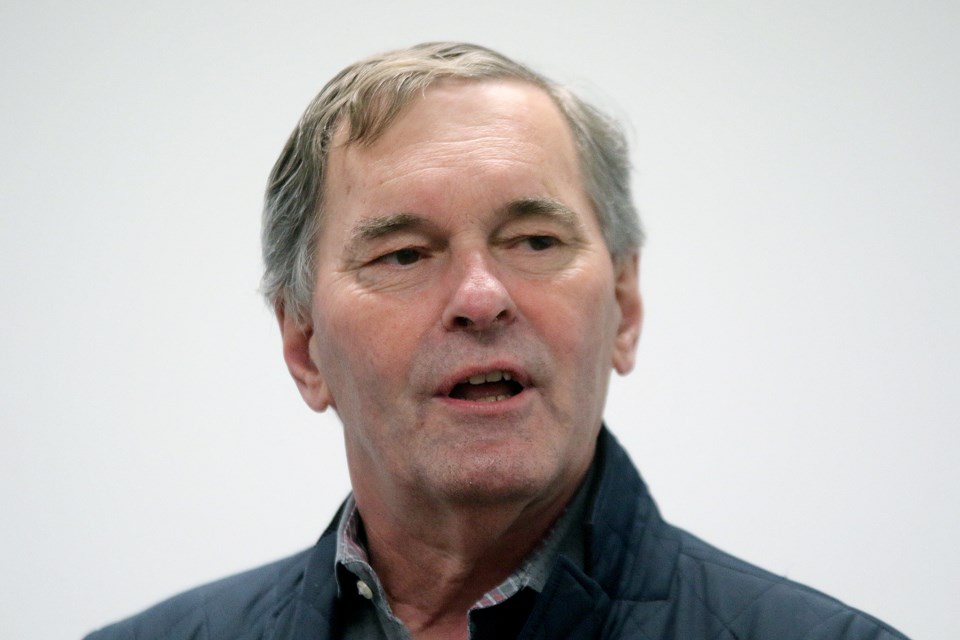THUNDER BAY – The head of Thunder Bay Regional Health Science’s Centre’s COVID-19 response says Northwestern Ontario appears to be winning the battle.
However, he’s not yet ready to call victory in the war.
Dr. Stewart Kennedy on Friday said Thunder Bay and the rest of the region has done a fantastic job containing the spread of COVID-19. To date there have only been 77 cases of COVID-19 in the Thunder Bay District, with only eight active cases and one death.
Kennedy said this doesn’t mean it’s the right time to take the foot off the physical distancing gas pedal. It’s important to continue following the direction of local, provincial and federal public health officials, to avoid a second wave as much as possible.
The province this week announced changes to retail restrictions, paving the way for the reopening of nurseries and hardware stores. Retail outlets with street-side entrances will be allowed to reopen for curbside pick-up on Monday.
“At this point in time, I still feel it’s important that we do follow the rules and stay at home,” Kennedy said. “I know the premier and the prime minister are looking at relaxing the rules, so let’s all wait for them to relax the rules.
“I think here in Thunder Bay we are in a much better position than most of the rest of Canada, but I still wouldn’t want to say let’s go out there and relax the rules right now.”
The fear, he said, is the dreaded second wave.
Should the public not continue to observe physical distancing and other containment measures, COVID-19 could start spreading all over again.
It’s just common sense, said Kennedy, who earlier this week announced the hospital was cutting back its COVID-19 isolation unit from 36 to 15 beds, with high-priority surgeries beginning to ramp up in Thunder Bay and hospital capacity starting to creep higher and higher.
Hospitals across Ontario have been told to reserve 25 per cent of their beds for COVID-19 patients, and Kennedy said the hospital would be more than ready to quickly revert to full pandemic mode should that second wave materialize.
“Every increase in service that we’re doing has a plan to get back into a COVID management plan in case our numbers come up, so we have the definite ability to go from 15 beds to 36 beds overnight,” Kennedy said, adding they can quickly reduce the number of non-emergency cases taking up hospital beds.
“We’re ready to bring things down within hours if we have to.”
Looking ahead, to the post-pandemic world, Kennedy said the hospital will likely retain many of the visitor restrictions currently in place, along with screening practices for months and months, if not longer.
